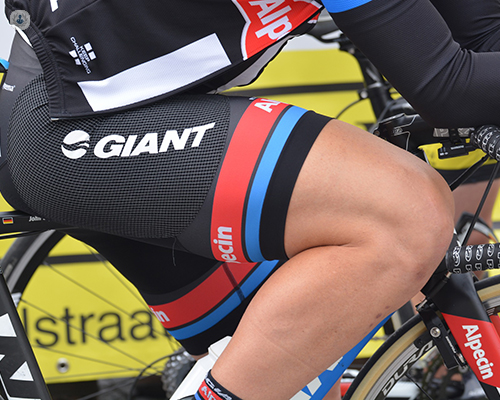When is robotic knee replacement needed?
Autore:Knee pain is a common issue that affects millions of people worldwide, often due to conditions such as osteoarthritis, rheumatoid arthritis, or injury. For many, knee pain can be managed with conservative treatments like physical therapy, medications, and lifestyle changes.
However, when these measures fail to provide relief, knee replacement surgery becomes a viable option. One of the most advanced techniques available today is robotic knee replacement, offering precision and improved outcomes for patients. Here to provide a detailed account on robotic knee replacement and when they are required is highly regarded consultant orthopaedic surgeon, Mr Giles Heilpern.

What is robotic knee replacement?
Robotic knee replacement is a state-of-the-art surgical procedure where a surgeon uses a robotic system to assist in the placement of the knee implant. This technology provides enhanced accuracy and customisation, tailoring the surgery to the unique anatomy of each patient. The robotic system creates a 3D model of the patient’s knee, allowing the surgeon to plan the procedure in detail and execute it with high precision.
When is robotic knee replacement needed?
Robotic knee replacement is typically considered in cases of severe rheumatoid arthritis in the knee, when patients complain of chronic knee pain, when non-surgical treatments do not get rid of the pain, and in cases of severe knee deformities.
What are the main benefits of robotic knee replacement?
Robotic knee replacement offers several advantages over traditional methods:
- Precision: The robotic system enhances the surgeon’s ability to make accurate bone cuts and place the implant with extreme precision, improving the alignment and fit.
- Customisation: The 3D model allows for a personalized approach, tailoring the surgery to the patient’s specific anatomy.
- Reduced trauma: The minimally invasive nature of robotic surgery can lead to less damage to surrounding tissues, reducing postoperative pain and speeding up recovery.
- Improved outcomes: Better alignment and fit of the implant can enhance the longevity and function of the knee replacement, potentially leading to better long-term outcomes.
To book an appointment with Mr Giles Heilpern today, simply visit his Top Doctors profile.


